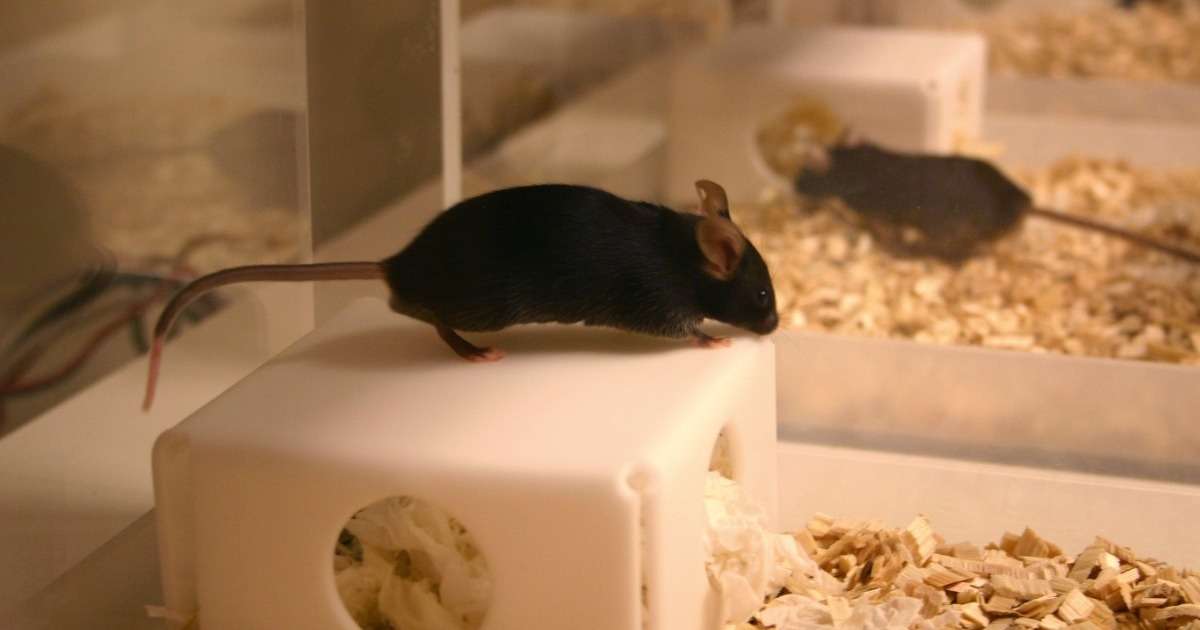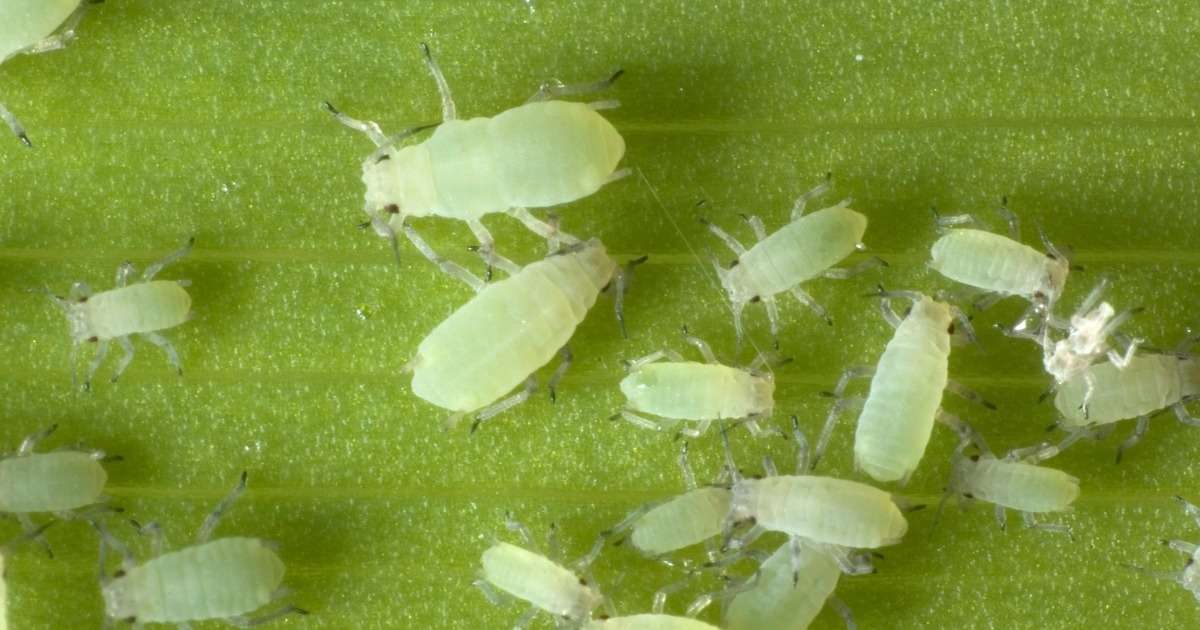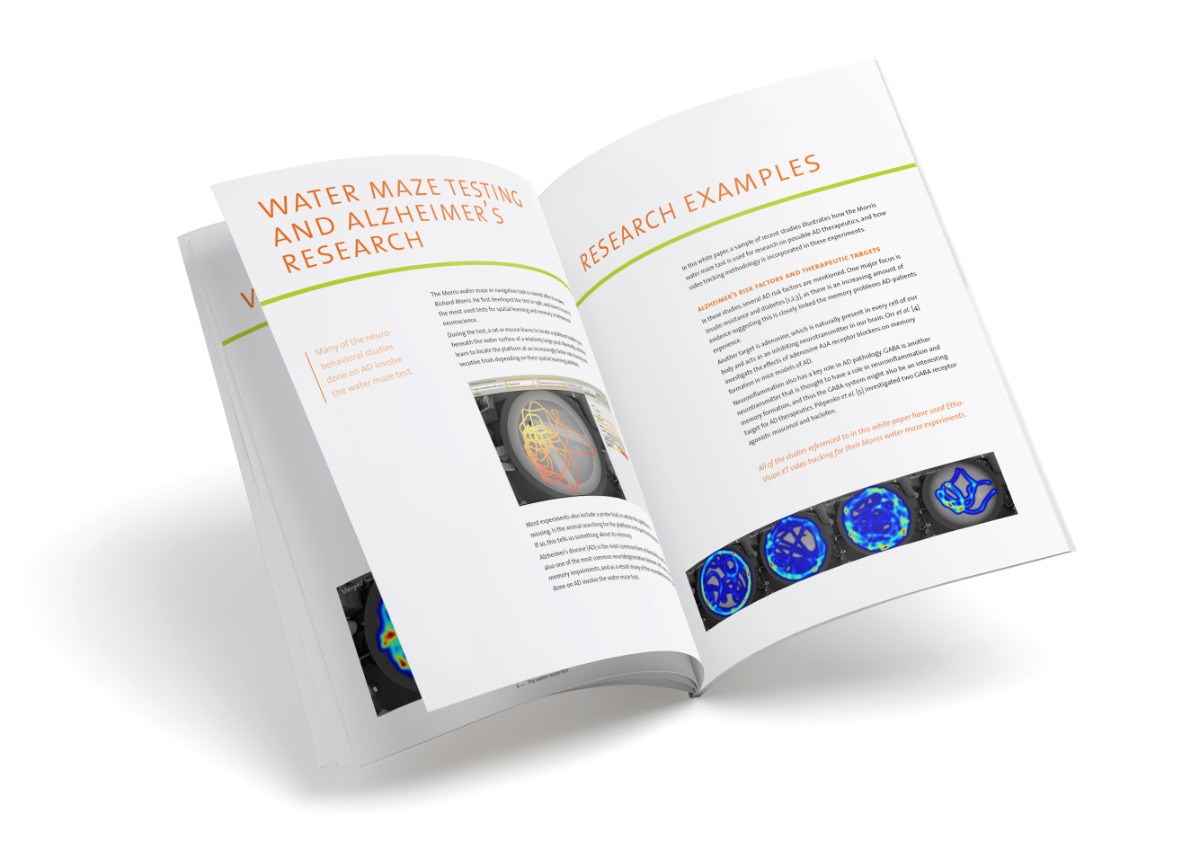
Bed bug behavior - What smell can tell
Bed bugs are on the rebound in developed countries. Traditionally, bed bugs are controlled with pesticides. However, traps with attractive human body odors are a promising alternative. In two interesting studies Harraca et al. investigated the response of bed bugs to human body odors.
Bed bug behavior - What smell can tell
Bed bugs on the rebound
Those of you who think that bed bugs belong to developing countries are wrong. Bed bugs are on the rebound in developed countries. Traditionally, bed bugs are controlled with pesticides. But the development of pesticide resistance has led to a need for alternative control methods.
Trapped in odors
For blood-feeding insects, traps baited with attractive odors are promising. Experimental biology therefore focuses on the host searching behavior of those insects. Once the attractive body odors are identified, they can be applied to traps to attract the blood-sucking insects.
What bed bugs smell
Harraca et al. investigated in two interesting studies which body odors are detected by bed bugs. They identified which sensilla on the antennae respond to which human odors. A strong response in the sensilla indicates that the bed bugs smell the odor well and that the odor may affect their behavior. Therefore, the odors that gave the strongest response in the sensilla were used to study the bed bug behavior. These were the aldehydes heptanal, octanal, nonanal, and decanal and the ketone sulcatone.
Harraca et al. used EthoVision to determine the preference of the bed bugs for areas with or without these odors and the tendency of the insects to explore their environment.

Bed bugs don’t like the smell of humans
The bed bugs were repelled by a high dose of the aldehydes and slightly attracted to a low dose. Sulcatone had a negative effect on the tendency of the bed bugs to explore their environment. In general, bed bugs responded less to human odors as compared to what was found in other insect studies on for example mosquitoes and tsetse flies.
The importance to smell from a distance
The authors suggest that the insect behavior depends on the association between the insects and their hosts. Mosquitoes and tsetse flies have to find their hosts from a long distance and therefore must be able to smell their hosts. In contrast, bed bugs live much closer to their hosts, which makes the ability to smell them less important. Possibly other cues, like heat and CO2 are more important for bed bugs to locate their hosts.
So after all, traps with human body odors do not look so promising to control bed bugs. The search for a sustainable control method continues.
References
- Harraca, V.; Ryne, C.; Birgersson, G.; Ignell, R. (2012). Smelling your way to food: can bed bugs use our odour?The journal of experimental biology, 215, 623-629.
- Harraca, V.; Ignell, R.; Löfstedt, C.;Ryne, C. (2010). Characterization of the antennal olfactory system of the bed bug (Cimex lectularius). Chemical senses, 35, 195-204.
Get the latest blog posts delivered to your inbox - every 15th of the month
more

SfN 2024: Noldus reflects on key trends in Neuroscience
The Society for Neuroscience (SfN) 2024 conference is behind us! What did we spot as the latest trends? And will be joining the conference again next year?
Non-invasive home cage testing of epilepsy in mice
Epilepsy is more than seizures; behavioral changes that occur in between seizures are rarely assessed. A new home cage study from the Baylor College of Medicine aims to change this.

